3D Printed Personalized Canine Prostheses
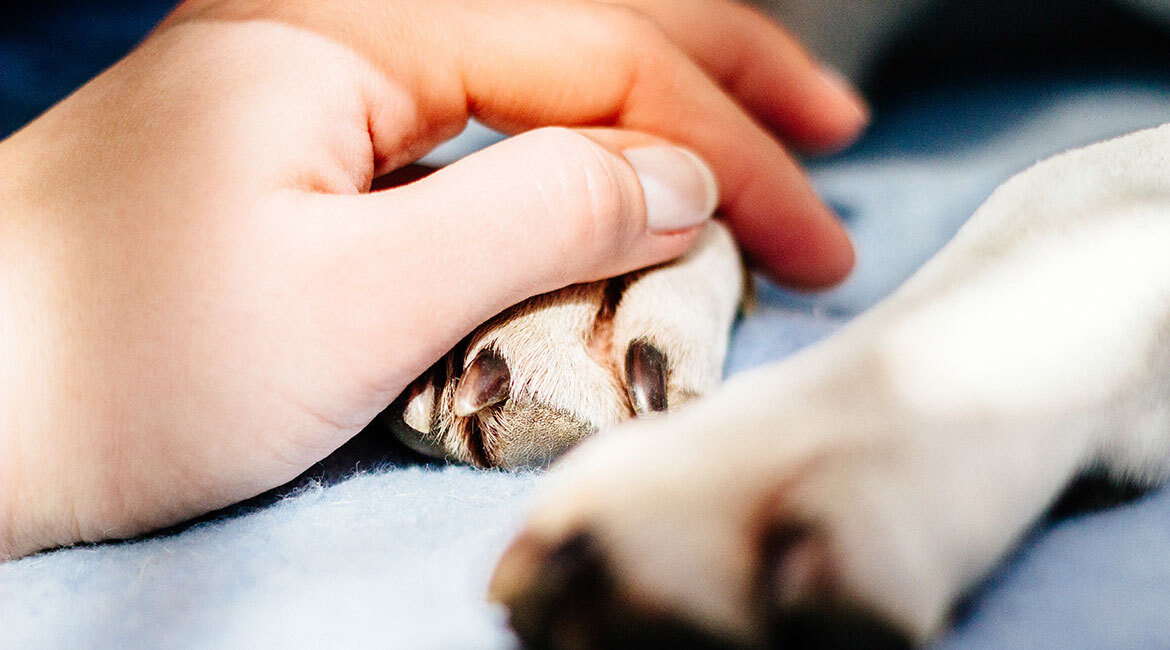
The featured image was bought from Istock.com. Copyrights.
Osteosarcoma is the most common type of bone cancer in dogs. The objective of this project is to reduce limb-sparing surgery time in dogs afflicted by osteosarcoma of the distal radius via the use of personalized endoprostheses and cutting guides. Specialized software is used to reconstruct bone models from the patient’s CT scan. The prosthesis and the cutting guide are designed using the bone models as scaffolding and applying the veterinary surgeon’s guidelines. The prosthesis is manufactured using a titanium alloy on a powder-bed laser fusion system, while the cutting guide is printed in plastic using fused deposition modelling. Several post-treatment steps are performed prior to shipping the prosthesis-cutting guide kit for surgery. Five dogs were successfully operated during the ongoing clinical trial. This study shows that personalized prostheses and cutting guides can substantially reduce surgery time and might reduce the risk of postoperative infections and implant failures.
Context
Over the past thirty years, the field of additive manufacturing, also known as “3D printing”, has evolved significantly. The advantage in making metal objects with this method is the possibility of building functional parts with very complex geometries, difficult to reproduce using conventional manufacturing methods. This involves mainly the aeronautics and biomedical fields. Since component complexity does not have a significant impact on the production costs, 3D printing is ideal for the manufacturing of personalized prostheses, perfectly suited to each individual. In this context, the ÉTS Department of Mechanical Engineering collaborated with the Université de Montréal Department of Veterinary Surgery and the Colorado State University Flint Animal Cancer Center to design, manufacture and implant personalized canine prostheses.
Problematics
The most common form of bone cancer in large-breed dogs is osteosarcoma. Every year in the United States, thousands of dogs are afflicted by this type of cancer. In most cases, the front limbs are affected. Common practices in treating this cancer include limb amputation, or limb-sparing surgery, with adjuvant chemotherapy (Straw et Withrow, 1996). A variation of the limb-sparing method involves an osteotomy (removal of the affected section of the bone) and the installation of a generic plate with endoprosthesis in the remaining bone structures using screws (Figure 1). These solutions are not perfect and, in 75% of cases, lead to complications such as post-surgical infections, implant/bone failure and local recurrence (Kirpensteijn et al., 1998; Mitchell et al., 2016). In addition, since commercial plates are only available in two standard sizes, the cut length is restricted to endoprosthesis lengths available on the market. In other words, it is the patient who is adapted to the implant.
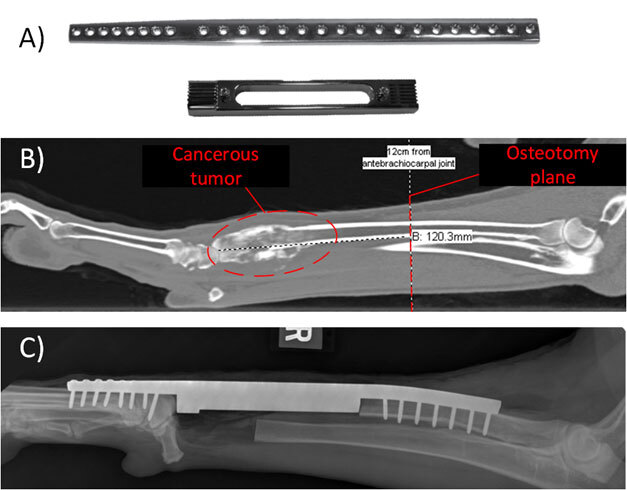
Figure 1 A) Commercial plate and endoprosthesis; B) X-ray of the distal radius with osteosarcoma and the cutting plane indicated by the veterinary surgeon; C) X-ray of a limb instrumented with a commercial prosthesis
Design of the Personalized Endoprosthesis and Cutting Guide
The proposed alternative to generic plates is the use of patient-specific endoprostheses and cutting guides. This combination should significantly reduce surgical time as well as the risk of postoperative infections.
The whole process begins with a CT scan of both front limbs of the ailing dog. This method is used to scan the affected areas of the body, layer by layer, and to generate grayscale images showing the different densities of the limb tissues. These images are processed with specialized software and the bone structures are reconstructed for use in implant modelling. A painstaking step of segmenting and smoothing individual bones is necessary for the next stage of the design process (Figure 2).
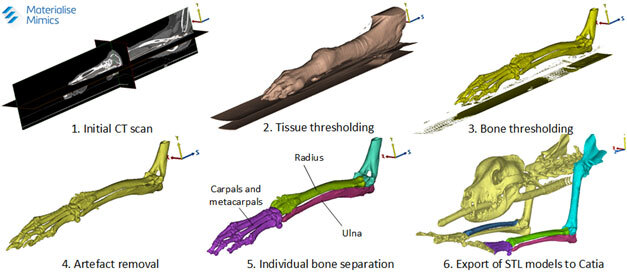
Figure 2 Reconstruction stages of the bone structure
To model the prosthesis in Catia V5 (Dassault Systèmes), the affected part of the bone is replaced with a healthy replica by mirror operation. A perforated plate matching the contours of the remaining bones is added. The thickness of the implant is then verified and thin areas are reinforced (Figure 3).
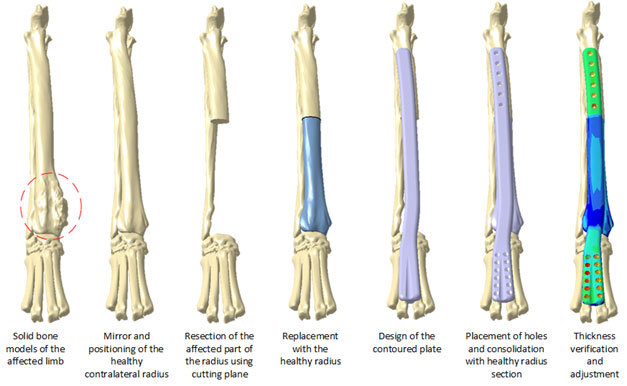
Figure 3 Design steps of the prosthesis
The same bone models are used to design the cutting guide. An existing cutting guide template must be positioned and oriented according to the osteotomy plane indicated by the surgeon and adapted to the patient’s bone morphology (Figure 4).
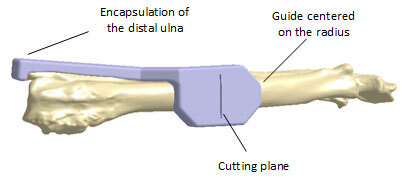
Figure 4 Cutting guide design
Before the manufacturing stage, the prosthesis and guide designs are validated with the veterinary surgeon.
Preparation for Manufacturing and 3D Printing
The prosthesis is manufactured using Ti-6Al-4V alloy powder in an EOSINT M280 additive manufacturing machine. This alloy has the advantage of being biocompatible, flexible, resistant and lightweight (110 GPa Young modulus, 1000 MPa yield strength, and 4.41 g/cm3 density). The additive manufacturing machine uses the laser powder bed fusion process. The parts to be manufactured are sliced in very thin layers according to chosen manufacturing orientation and the laser path is programmed to fuse the powder locally in the areas indicated in the model. In the machine, the powder layers are stacked on the manufacturing plate and fused sequentially. Since the laser fuses the powder locally, significant thermal stresses are generated in the part due to rapid temperature changes. To prevent thermal distortions and stabilize the parts during the manufacturing process, supports that bind the parts to the manufacturing plate must be generated beforehand.
After manufacturing, the residual stresses must be released by performing a 4-hour heat treatment at 800 °C in an inert gas (argon) atmosphere. Separating the parts from the manufacturing plate is done by cutting the supports close to the plate. This is followed by finishing and polishing steps, which can take many hours.
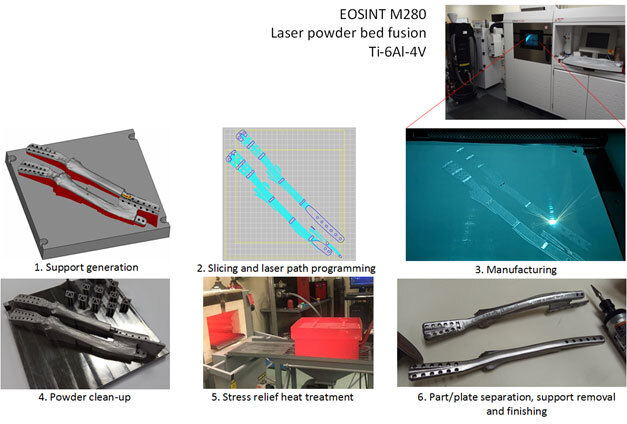
Figure 5 Manufacturing steps of the personalized prosthesis
Manufacturing the cutting guide is a similar process, but since it is made of ABS plastic by fused deposition modeling, the 3D printer used is a Stratasys Fortus 250mc (Figure 6).
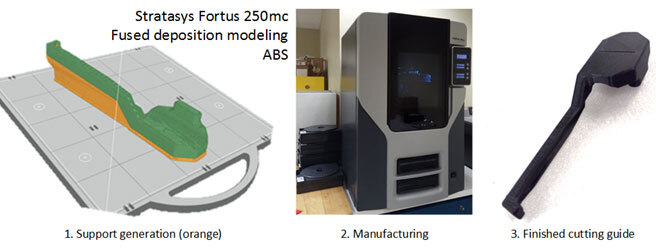
Figure 6 Manufacturing steps of the personalized cutting guide
The manufactured prosthesis and cutting guide must be cleaned before shipment to the veterinary centre where they will be sterilized before the operation.
Clinical Study
A clinical study is underway at the Flint Animal Cancer Center at Colorado State University in the United States. Five dogs underwent limb-sparing operations with prostheses and cutting guides manufactured at ÉTS. The operations showed a substantial reduction in surgical time (1to 2 hours) and might reduce the risk of postoperative infections. The following video shows one of the operated dogs two months after surgery. He is doing quite well!
Work is underway to develop a numerical model of an instrumented limb that will be used to optimize the design, manufacturing and instrumentation of personalized prostheses.



